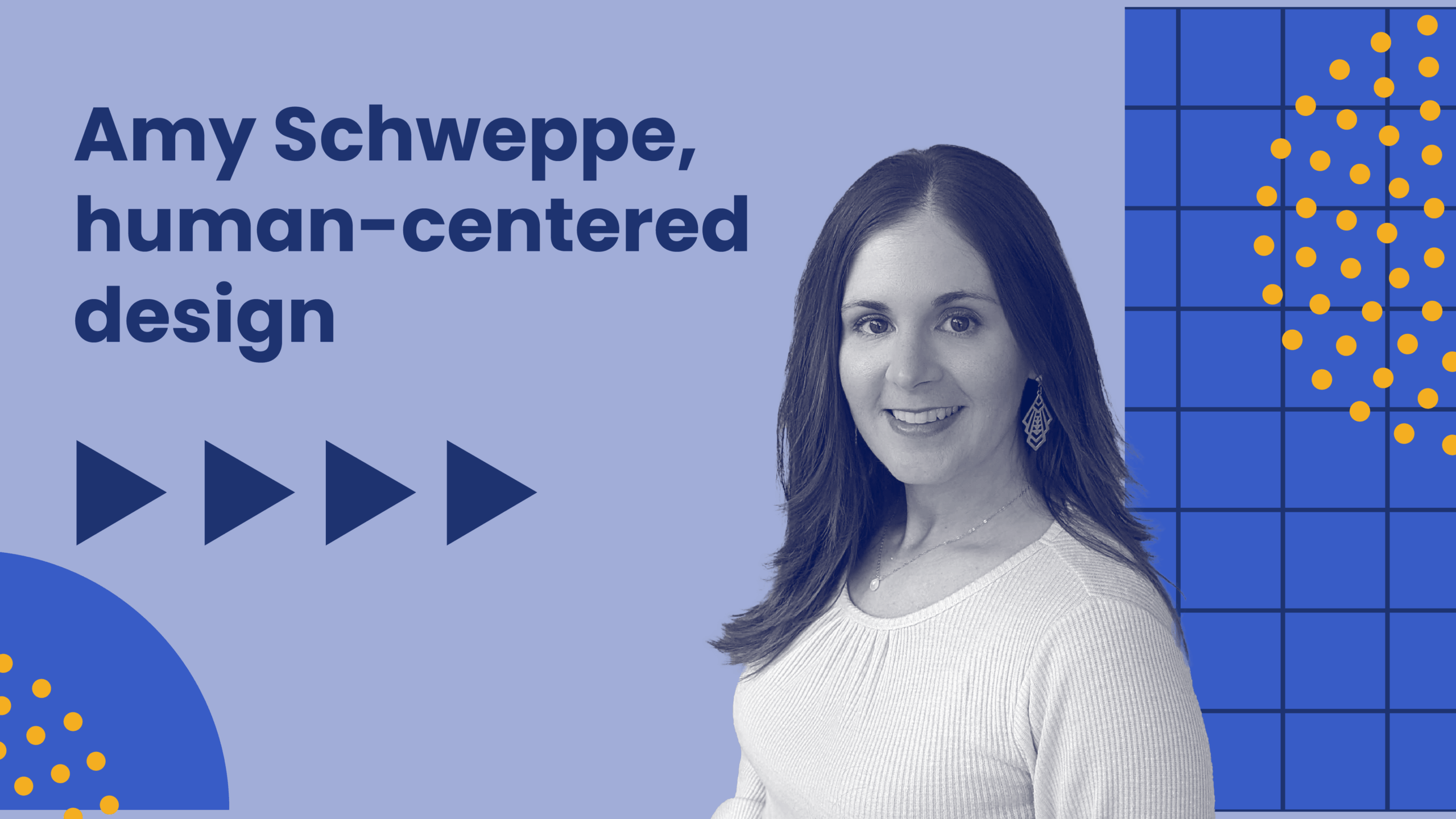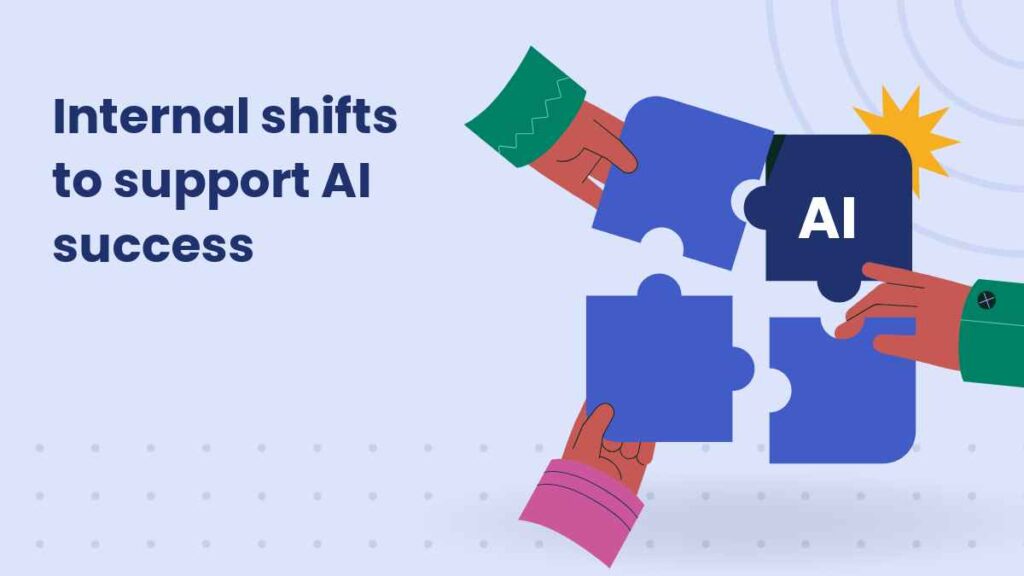Bringing human-centered design to your government agency: 3 common pitfalls to avoid

PayIt employees will be sharing their insights in this series written by our teammates — showcasing the talent, expertise, and positive attitude that each PayIt employee brings to the company. This post contribution is from PayIt’s Manager of Product Experience Design, Amy Schweppe.
Human-centered design (HCD) is a problem-solving technique that puts people at the center of the development process, enabling you to create products and services that resonate and are tailored to your audience’s needs. HCD has been embraced by leading technology companies, followed by industries like healthcare and finance.
After witnessing the success these organizations have found with HCD, government is poised to be the next industry to benefit. The age-old idea that residents are passive recipients of agency technology is giving way to higher expectations between policymakers and an engaged public.
There are many articles that will tell you “how” to do HCD, but shifting the mindset to designing for the user takes cultural change. It’s not as simple as one team beginning to follow the formula.
3 common myths that prevent organizations from harnessing transformative product creation with HCD:
Myth 1: Design is about how things look
Visual appeal is an important part of design, but it’s crucial not to limit it to this narrow definition. An aesthetic design can bring clarity and hierarchy to a page, but it can’t fix underlying problems with how a feature behaves. As Steve Jobs said, “Design is not just what it looks like and feels like. Design is how it works.”
For a design to be “human-centered,” you have to understanding who your user is, what their emotional frame of mind is, and what they are trying to accomplish. The result is an entire experience that is thoughtful and cohesive.
Making something simple to use does not happen by accident.
The situation
A new interface needs to be built around a system or set of data, and the underlying data has a particular structure that it conforms to. It can be tempting, and even seem logical, to build an interface that maps fairly literally to the underlying technology. This is building with the technology or the “Implementation Model” in mind.
The problem
Most people aren’t technical specialists, and when their mental model doesn’t match what is built, users end up abandoning the task. That means one more person back in line in the office or calling your support line.
PayIt’s solution
We spend time understanding common mental models through user interviews and other research methods. Then, we work with our technology teams to find ways to simplify the functionality for the user. By adopting an empathetic mindset, you can craft functional tech solutions with high levels of user satisfaction — driving adoption and ultimately fulfilling your business goals.
Myth 2: Employees can speak for the user
In most organizations, there are subject matter experts and folks who have deep knowledge of the end users; while these people are incredible resources, they’re not a substitute for end-user feedback. Expertise and knowledge of the product create biases, creating viewpoints that may not accurately capture the unique perspectives and frustrations of the individuals who will eventually use the end product.
Internal stakeholders experience services in a controlled environment which may be far from the unpredictable world people operate in. Their familiarity with the system can also lead to assumptions about how easy something is to use, which might miss the mark with real users. While these experts have valuable ideas, the biggest insights will come from speaking directly with end users themselves.
User research and testing is often the biggest source of unanticipated pain points, and it gives the greatest opportunities for improvement. There are many ways to bring users into the full process. You can send out surveys, conduct one-on-one interviews, and run usability tests to find areas of friction before it goes live.
And having robust tools to be able to measure usage (like adoption and drop-off) is critical to keeping a pulse on changing user behaviors. This is the only way to ensure that the final product aligns with the user’s needs, aspirations, and expectations — resulting in a solution that is truly human-centered.
Myth 3: Design is just one step in the delivery process
The last thing to remember is that human-centered design isn’t a single step within a process. It’s the guiding principle for each decision and iteration, from the initial idea to the final implementation and beyond.
In order for human-centered principles to be successful, user-focused teams need to be empowered and included from the outset of the project. One of the best ways to do this is by using the product trio.
At PayIt, our Product Managers, Product Designers, and Engineers (the trio) work collaboratively. We build great working relationships with one another which allows us to ensure that business, customer, and technical goals are considered at each step. Many products have failed because the product met business needs and had the right technical implementation, but customers couldn’t or didn’t want to use it.
Moving toward human-centered design
The role of advocating for the user doesn’t have to belong to one team; everyone can contribute ideas that make the lives of users a little simpler. This requires a cultural shift in many organizations to enable Product Designers as decision makers — equal to business and technical roles.
If you can move your process toward human-centered design, you can reshape your entire relationship with your customers. Can you afford not to?
Looking for more content?
Get articles and insights from our monthly newsletter.




